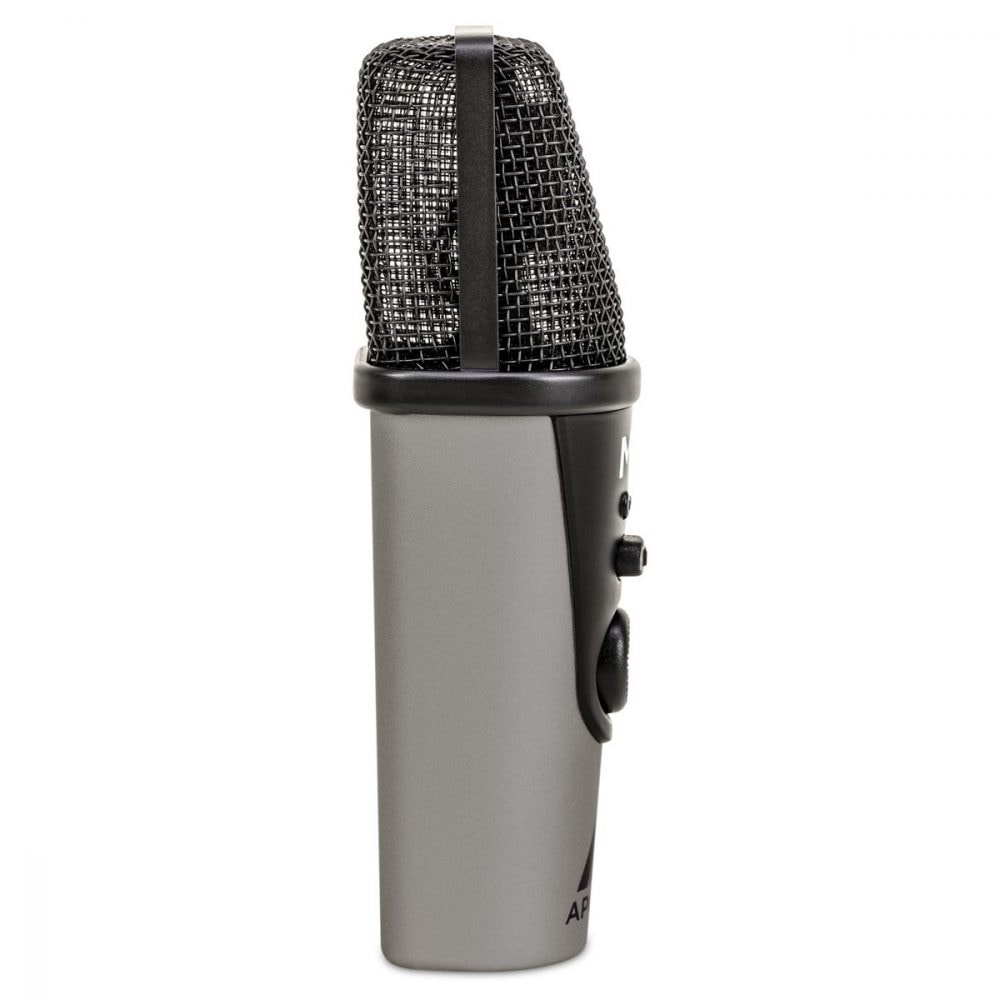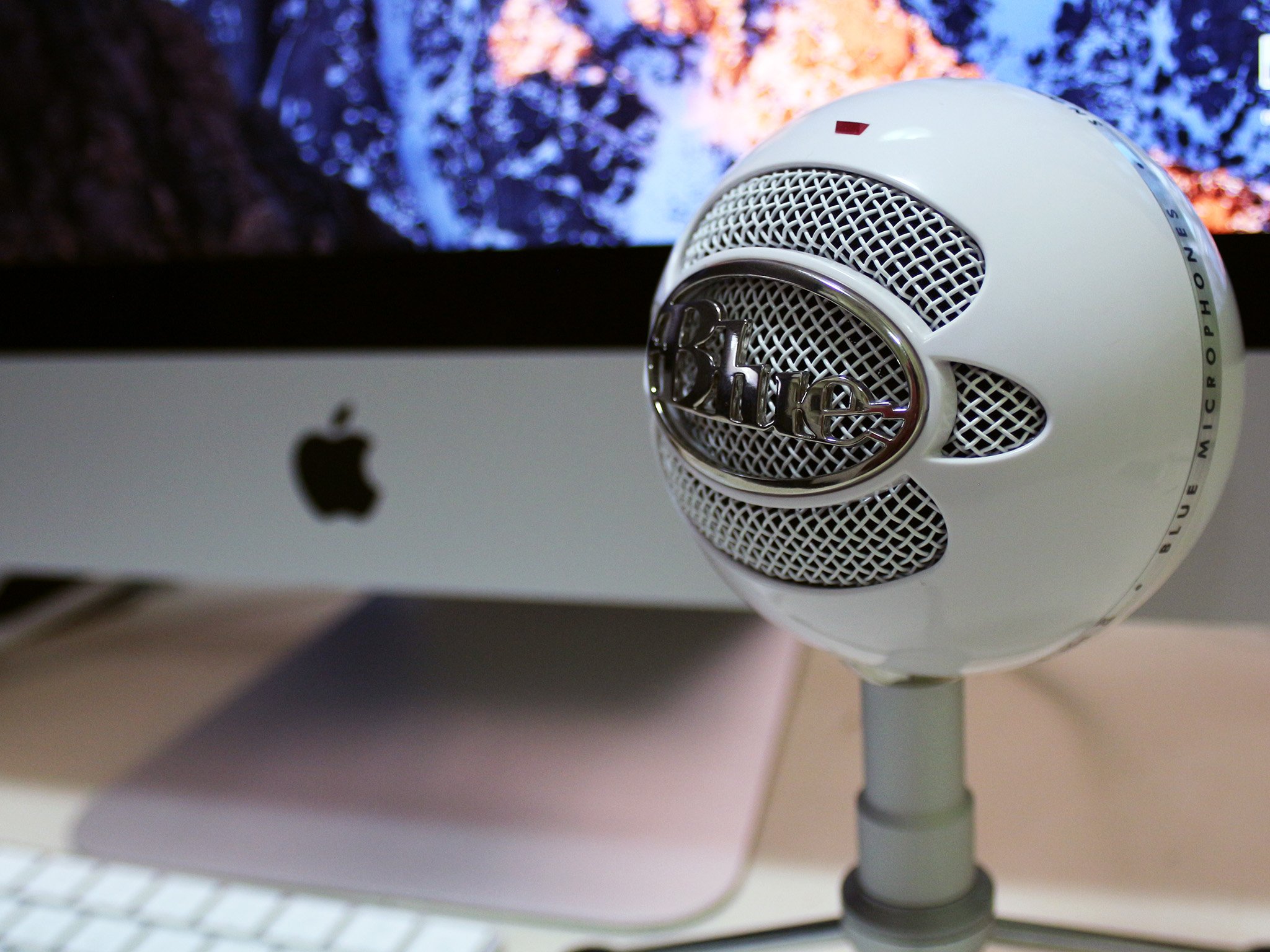Connecting the External Microphone Depending on the microphone that you are using, it will connect to your MacBook Air in various ways. Regardless, all these connections usually lead to one place: the USB port. The most common type of microphone available is the USB mic. This external microphone is made of metal, so it offers high durability. This product includes a tripod stand for portability. With this stand, you can use this microphone on the tabletop easily. Pros: FIFINE USB microphone can be used for multipurpose usages. It has a user-friendly design for easy recording.

Usb Mic Interface
You can connect a microphone to your computer to record your voice, an instrument, or any other sound to an audio track in GarageBand. You can connect a microphone to an audio input port, USB port, or other port on your computer, or to an audio interface connected to your computer. You can also use your computer’s built-in microphone to record sound.
After you connect a microphone, you choose the input source for the track you want to record in, and optionally turn on monitoring. Monitoring lets you hear yourself play so that you can hear the part you want to record as well as the rest of the project.
Connect a microphone to your computer
Do one of the following:


If you’re using your computer’s built-in microphone, choose Built-in Microphone as the input source in GarageBand > Preferences > Audio > Devices.
Connect the microphone to your computer’s audio input port (if it has one), then choose Built-in Input as the track’s input source.
Connect a USB microphone to a USB port on your computer. Choose the USB microphone as the track’s input source.
Connect an audio interface to a USB or FireWire port, then connect a microphone to the audio interface for recording.
Connect an audio mixer or console to an audio interface connected to your computer.

Set the input source for a microphone
Select the audio track.
Click the Smart Controls button to open the Smart Controls pane.
In the Recording Settings area, choose one of the following from the Input pop-up menu:
If you’re using your computer’s built-in microphone, choose Built-in Microphone.
If you’re using a microphone connected to your computer’s audio input port, choose Built-in Input.
If Built-in Input doesn’t appear in the menu, choose GarageBand > Preferences, click Audio/MIDI, and choose Built-in Input from the Audio Input pop-up menu.
If you’re using a microphone connected to a USB port, choose the microphone.
If you’re using a microphone connected to an audio interface, choose the channel number for the microphone.
If the audio interface channels don’t appear in the menu, choose GarageBand > Preferences, click Audio/MIDI, then choose the audio interface from the Audio Input pop-up menu.
Make sure the input format matches the microphone or instrument. Choose a mono input for monophonic instruments (with a single channel), and choose a stereo input for stereo instruments (with a pair of channels). To change the input format, click the Format button to the left of the Input menu.
Drag the Recording Level slider to change the input volume level for the sound source.
If the Recording Level slider is dimmed, you can’t change the input volume in GarageBand. In this case, use the device’s own volume control.
Usb Audio Mic
Turn on monitoring for a microphone
In the Recording Settings area, click the Monitoring button .
The Monitoring button lights orange to indicate that monitoring is turned on.
Amazon Usb Mic
To avoid unwanted feedback, you should usually turn off monitoring when you’re not playing or singing. Using headphones rather than speakers to listen to your projects can also help avoid feedback.
